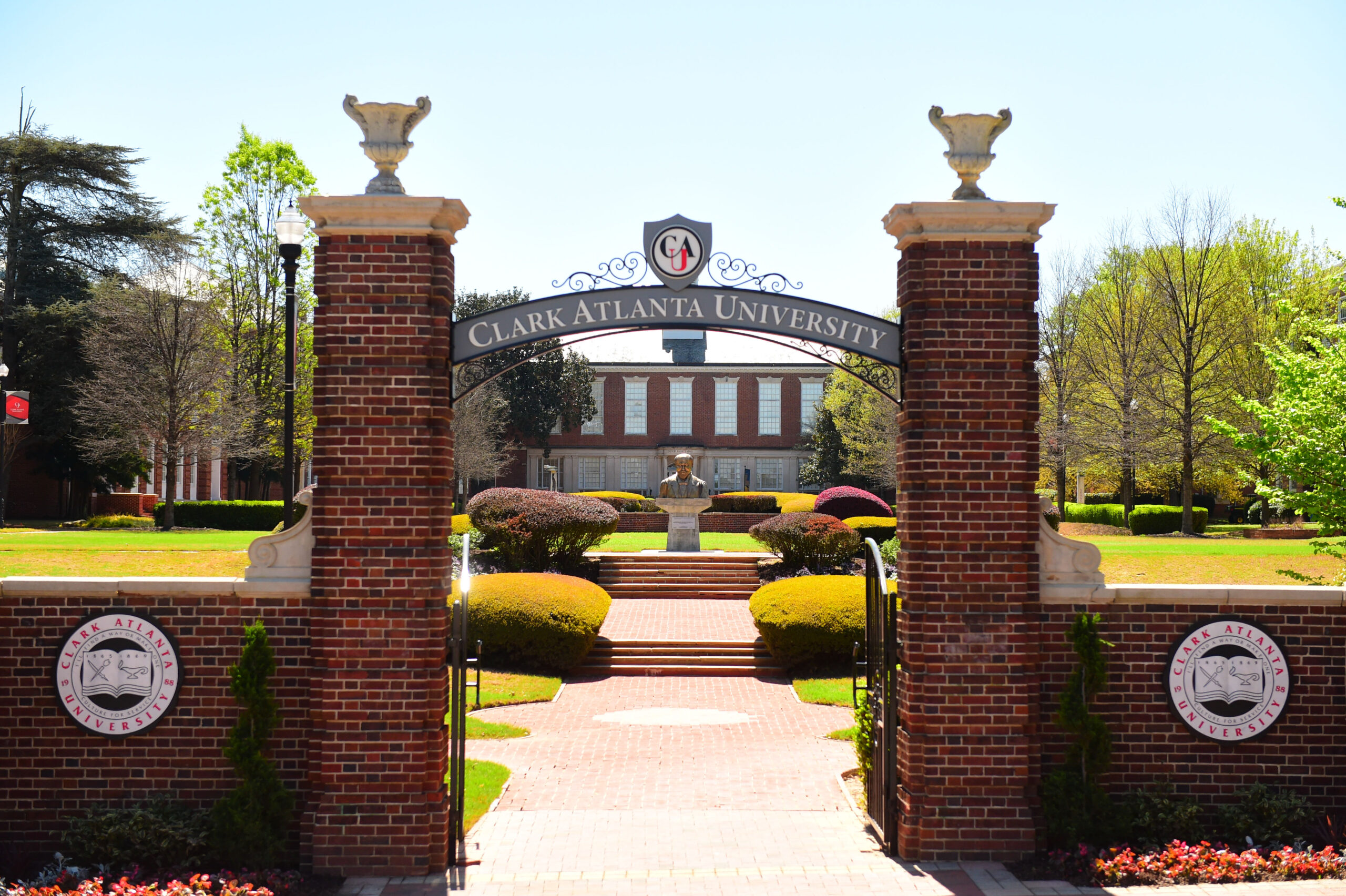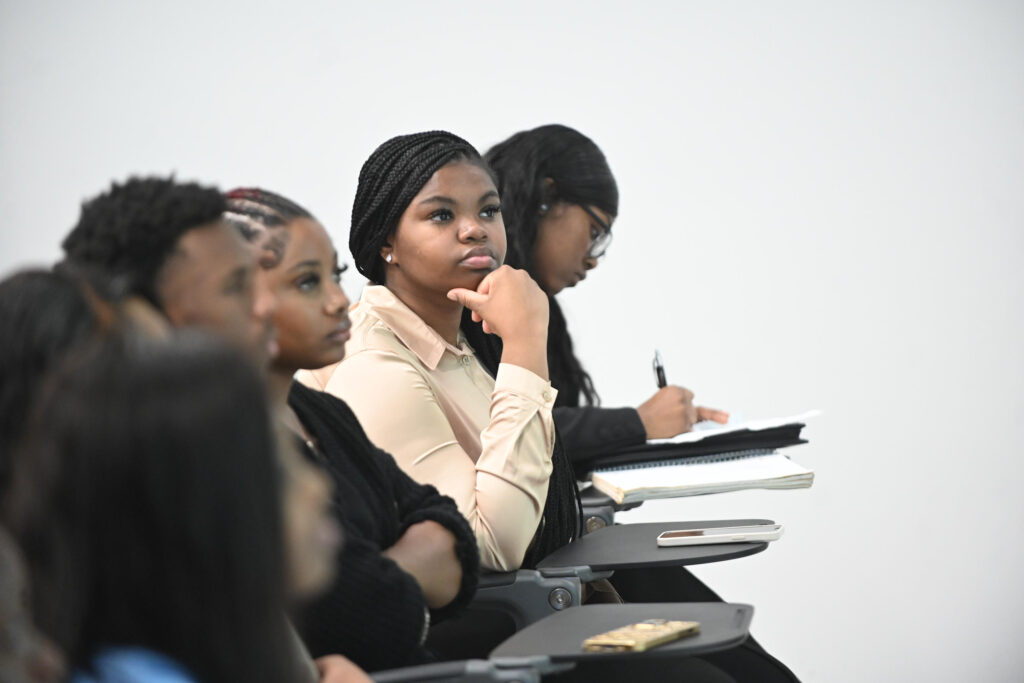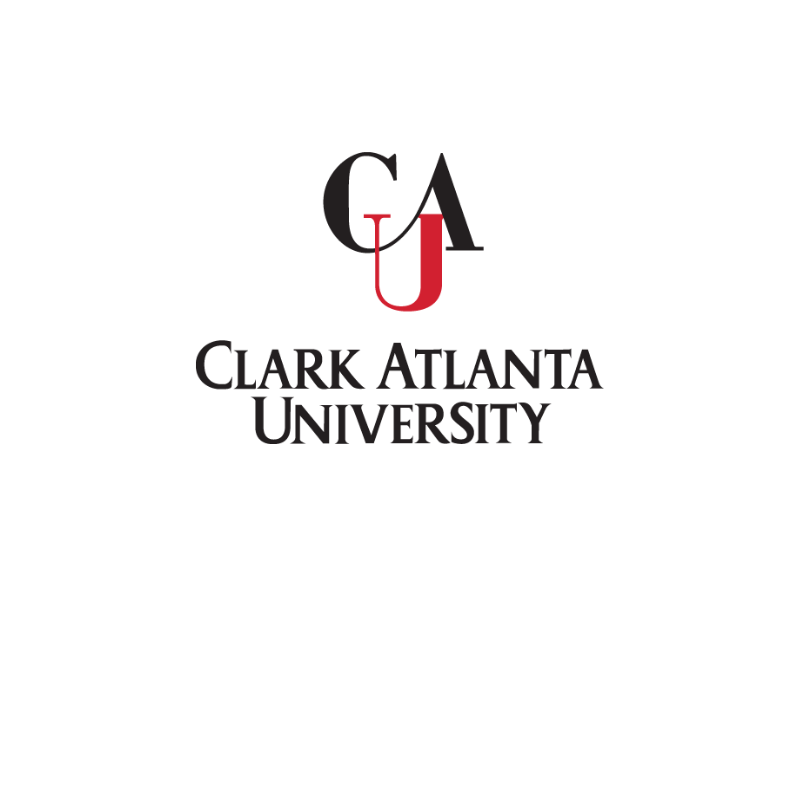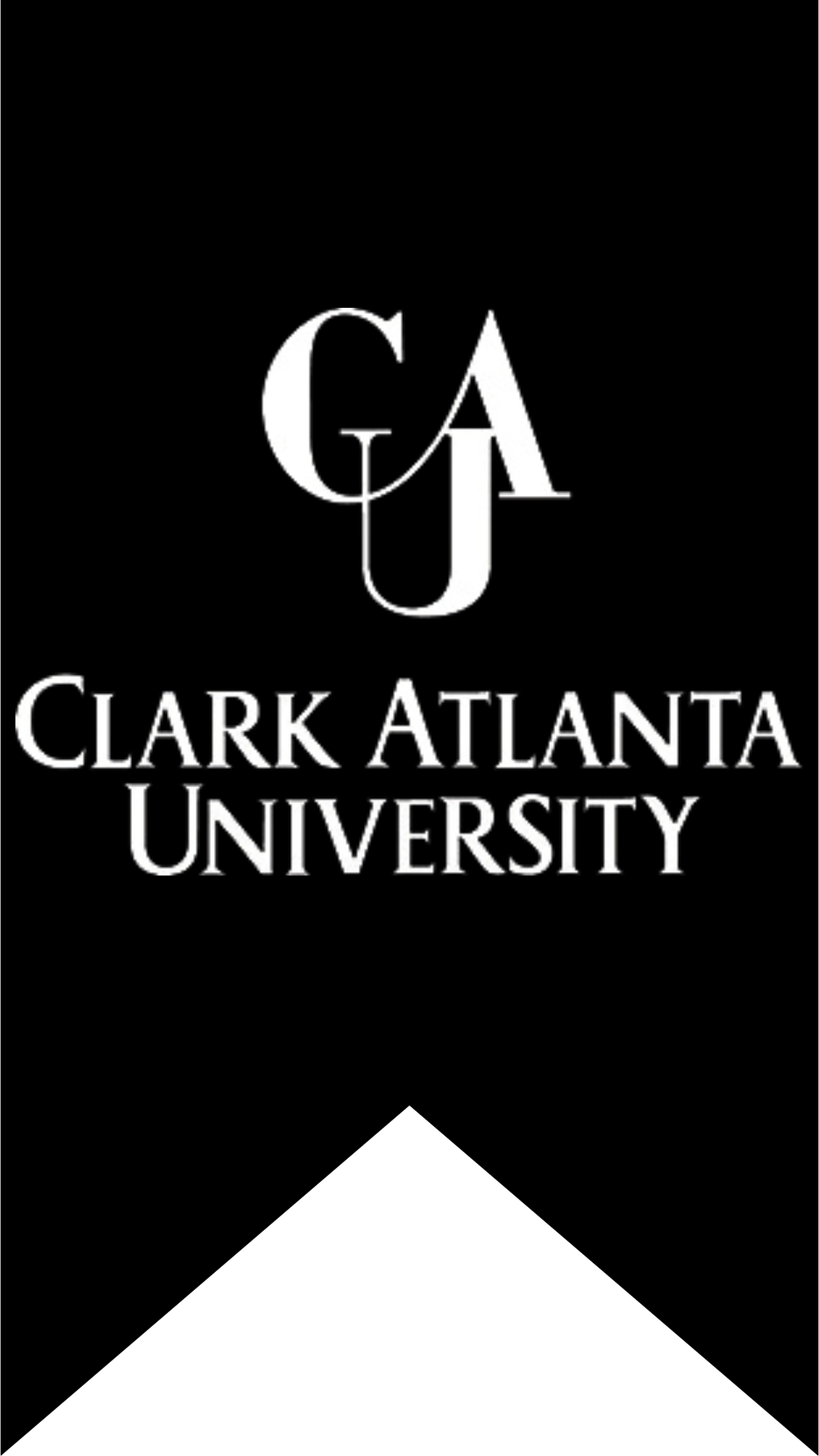
Title III
Overview
Title III of the Higher Education Act of 1965, as amended, Strengthening Historically Black Colleges and Universities (HBCU) and Strengthening Historically Black Graduate Institutions (HBGI) Programs, authorizes special assistance to strengthen the quality of developing institutions which have the desire and potential to make a substantial contribution to the higher education resources of the nation. Amendments to the Act have altered some elements of the program, but it remains as written—an instrument to provide assistance to institutions demonstrating a constructive effort to strengthen themselves.
Clark Atlanta University has two Title III Programs: HBCU and HBGI. Title III has funded project activities designed to help meet various strategic goals of the University. Title III of the Higher Education Act of 1965, as amended, authorizes these grants to strengthen institutions in the areas of Academic Quality, Fiscal Stability, Student Services and outcomes, and the quality of Intuitional Management. Clark Atlanta University was awarded two 5-year Strengthening Intuitions Grants (HBCU and HBGI) from the U.S. Department of Education.
MISSION
Clark Atlanta University’s (CAU) Title III Program is linked to the overall mission of the institution. Specifically, the goal of the Title III Program is to ensure that these funds are used to support the quality and enhancement of our academic program consistent with all applicable federal and university policies. The President serves as the principal visionary in the design and structure of the Title III Program. Through his leadership, it is expected that Title III support will be used to help eliminate impediments that negatively impact educational access and opportunities for Clark Atlanta University students. Funded Title III programs are specifically focused on improving academic quality, institutional management, fiscal stability, and student services.
DEPARTMENT OF EDUCATION
TYPES OF PROJECTS
Funds may be used for the purchase, rental, or lease of scientific or laboratory equipment for educational purposes. Also supported are the construction, maintenance, renovation, and improvement of instruction facilities. Funds support faculty exchanges and the development of academic instruction in disciplines in which black Americans are underrepresented. Projects may support the purchase of library materials as well as tutoring, counseling, and student service programs. Also supported are: funds and administrative management; joint use of facilities; establishment or improvement of development offices; establishment or enhancement of programs of teacher education; establishment of outreach programs; and other activities that a grantee proposes in its application that contribute to carrying out the purposes of the program and are approved by the Secretary as part of the review and acceptance of the grant application.


